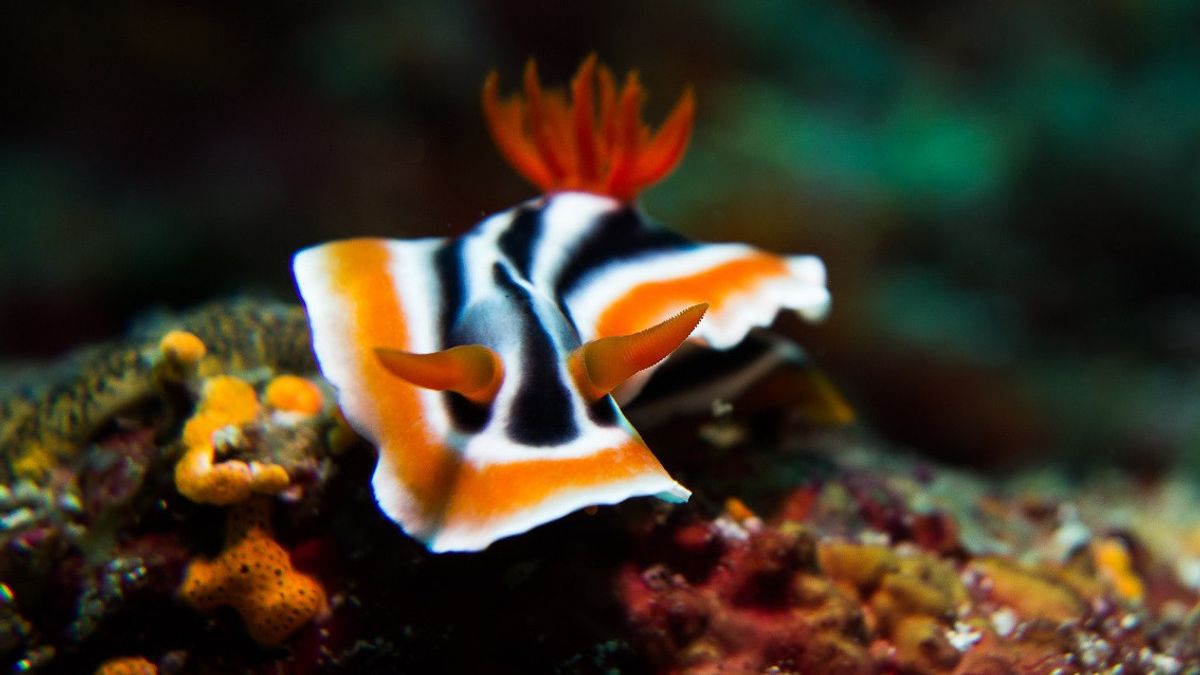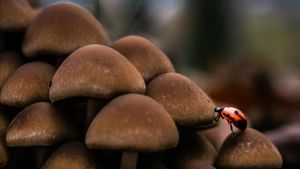JAKARTA - Sea snails in waters around Australia are used to help researchers better understand climate change. Through the Sea Slug Census program, a volunteer-supported science program, which has been running since 2013, has documented observations of these gastropods along the Australian coast.
The program, initiated by Professor Steve Smith of the University of Southern Cross in New South Wales, has conducted more than 40 censuses. More than 630 species of sea snails were recorded, including the discovery of new species.
For example, the Nudibranch, which is a group of colorful and striking mollusks, is very useful in understanding the effects of global warming. This is because they usually have a lifespan of less than one year, which means they respond more quickly to changing conditions in their environment.
"We think they are a fantastic group to target citizen science-based marine health monitoring", Professor Smith told ABC News Australia, as reported by Euronews.

So far more than 60 species have been found much further south than the usual distribution limits. It can show changes in water temperature and food supply, as well as current strength.
"Some of this is 2,500 kilometers further south than has been previously recorded. The East Australian Current is a great mechanism for transporting organisms in their larval stage. One of the things predicted to happen under climate change is the increasing strength and frequency of The East Australian Current", he explained.
"So that means we have the potential to have a conveyor belt of tropical species that will come to our coastal waters more frequently", added Smith.
Australia isn't the only place that uses sea slugs to learn more about climate change.
A particular species, the Hopkins' Rose nudibranch, changed the coastlines of central and northern California several years ago.
Researchers from the California Academy of Sciences, UCSB, UCSC, and Bodega Marine Laboratory began tracking the height distribution of this bright pink sea slug in January 2015.

Although Hopkins Rose nudibranchs are a common sight in southern California, it is not uncommon to see them in significant numbers further north, as water temperatures are usually too cold to sustain large populations.
The presence of this particular species of sea slug is considered an indication of major climate change, and an unexpected population explosion can be used to measure changes in the future.
"While we are delighted to see the normally rare nudibranch's beautiful bloom, we are concerned about the long-term consequences of changing our coastal environment", said Dr. Terry Gosliner, Curator of the Academy of Zoology and Invertebrate Geology at the time.
"Our current climatic conditions are great for some of my favorite snails, but we can't ignore that warmer oceans mean less food for seabirds and bad impacts for all marine ecosystems. California's unique marine life doesn't always adapt that way. a lot of instability", he concluded.
The English, Chinese, Japanese, Arabic, and French versions are automatically generated by the AI. So there may still be inaccuracies in translating, please always see Indonesian as our main language. (system supported by DigitalSiber.id)











